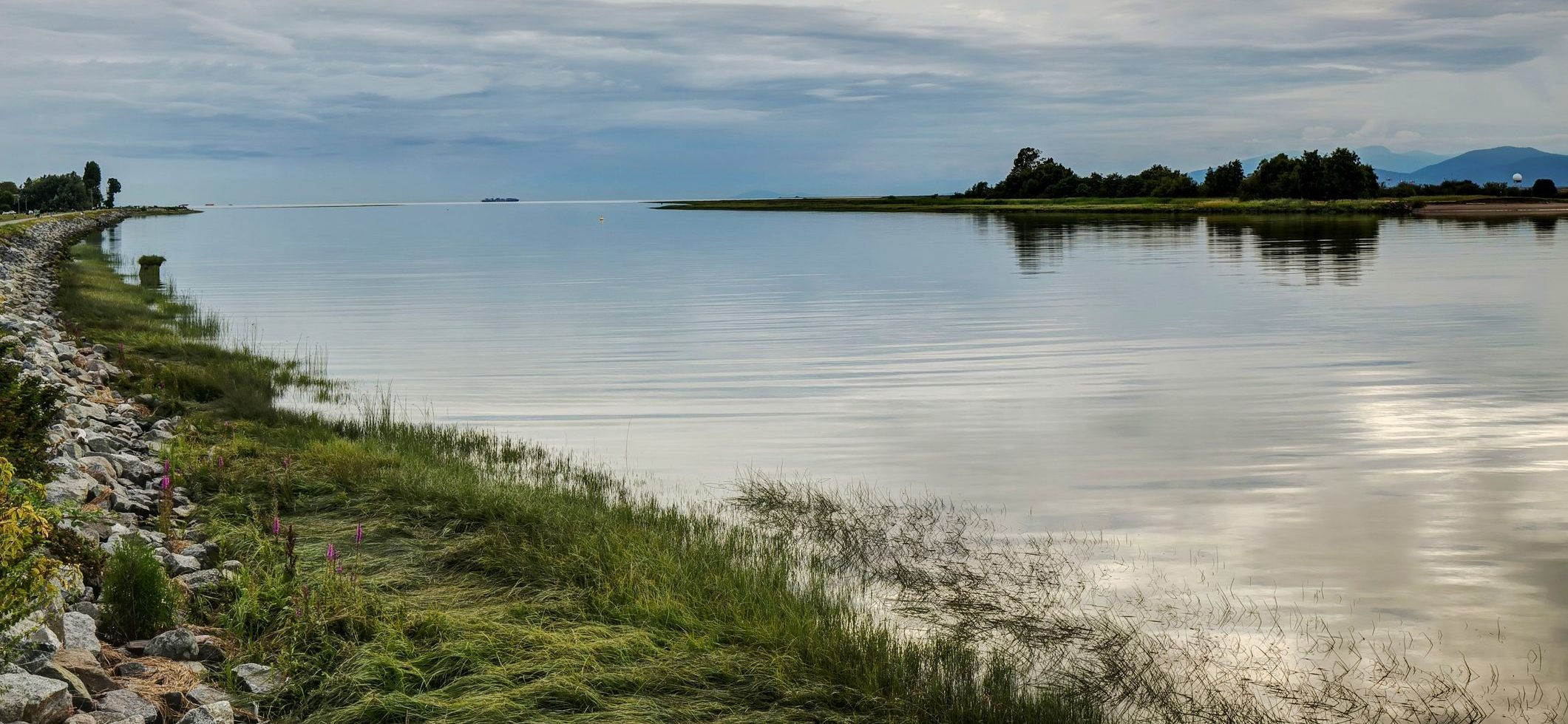A massive freshwater river flow triggered changes in the climate throughout the northern hemisphere, according to a new study.
The freshwater river flow stemmed from glacier-fed flooding at the end of the last ice age and surged across eastern Washington to the Columbia River and out to the North Pacific Ocean. The findings provide new insights into the role the North Pacific Ocean plays in the planet’s climate, said Alan Mix, an oceanographer and paleoclimatologist at Oregon State University and one of the study’s authors.
“We look to the past to give us context for what might happen in the future,” Mix said. “We didn’t know before this research that the increase in freshwater flows was going to trigger widespread changes. It tells us this system is sensitive to these kinds of changes.”
The researchers of the study used computer modelling to project the rapid movement of floodwaters during deglaciation between 10,000 and 20,000 years ago. The computer modelling showed the flow from the Columbia River traveling along the coastline north to the Gulf of Alaska, across the Bering Strait and to Japan, as well as northward into the Bering Sea and the Arctic Ocean.
“This spread of floodwaters along the Alaskan coast was a big surprise,” said Alan Condron, a modeling expert from Woods Hole Oceanographic Institute who contributed to the analysis. “The model showed that water from the Columbia River can impact most of the North Pacific and might even leak across the Arctic Ocean and into the Atlantic.”
Marine geologists from Oregon State then worked like crime scene investigators, tracing the impacts of the floodwaters through time using chemical “fingerprints” left in fossil shells that were alive during the flooding but sank and accumulated in muddy sentiments on the ocean floor along the floodwater’s path.
Mix led an expedition to collect sediment cores along the path of the floodwaters in 2004. The cores were then stored in OSU’s Marine and Geology Core Repository while the research was underway.
“The expedition yielded a treasure trove of mud from places nobody had thought to examine,” Mix said. “It has taken more than a decade of painstaking work sifting through the mud we retrieved looking for fossil shells that could help tell the story of the floodwater’s impact.”
Summer Praetorius, a research geologist at the U.S. Geological Survey and lead author of the study, used the data from the shells and the modeling to show how the repeated flooding over 1,000 years cooled the ocean, which in turn impacted the climate across North America.
“Our findings suggest that freshwater flows into the North Pacific can have far-reaching impacts, changing ocean temperatures and steering winds and storm tracks in North America,” Praetorius said. “What happens in the North Pacific won’t stay in the North Pacific, but instead will cause changes far and wide.”
The warming underway today is opposite of what occurred at the end of the last ice age, Mix said. But understanding circulation patterns in the North Pacific gives researchers insight into what might happen as more warm water flows into the North Pacific as the planet warms.
“What we expect in the future is lower river flows and warmer water in the North Pacific—the opposite of what we saw at the end of the last ice age,” Mix said. “But the past is still informative, because it tells us how the circulation system of the North Pacific works.”









